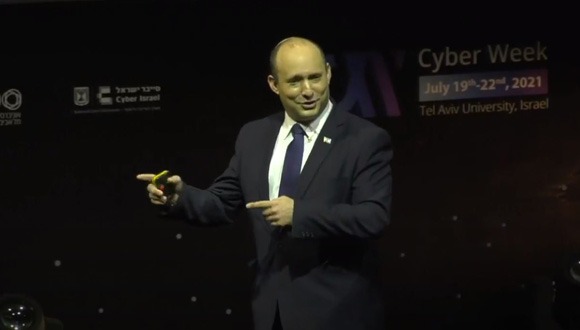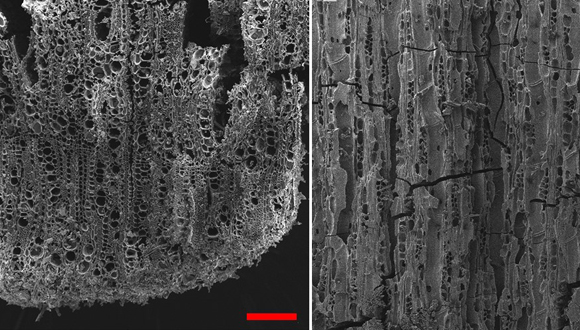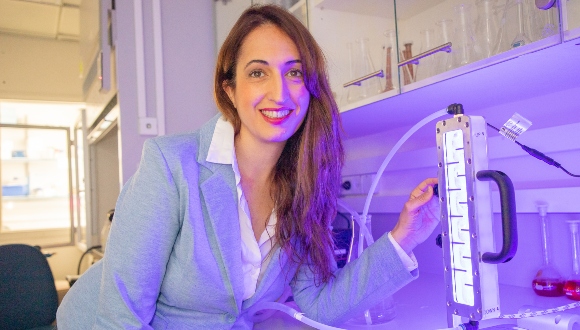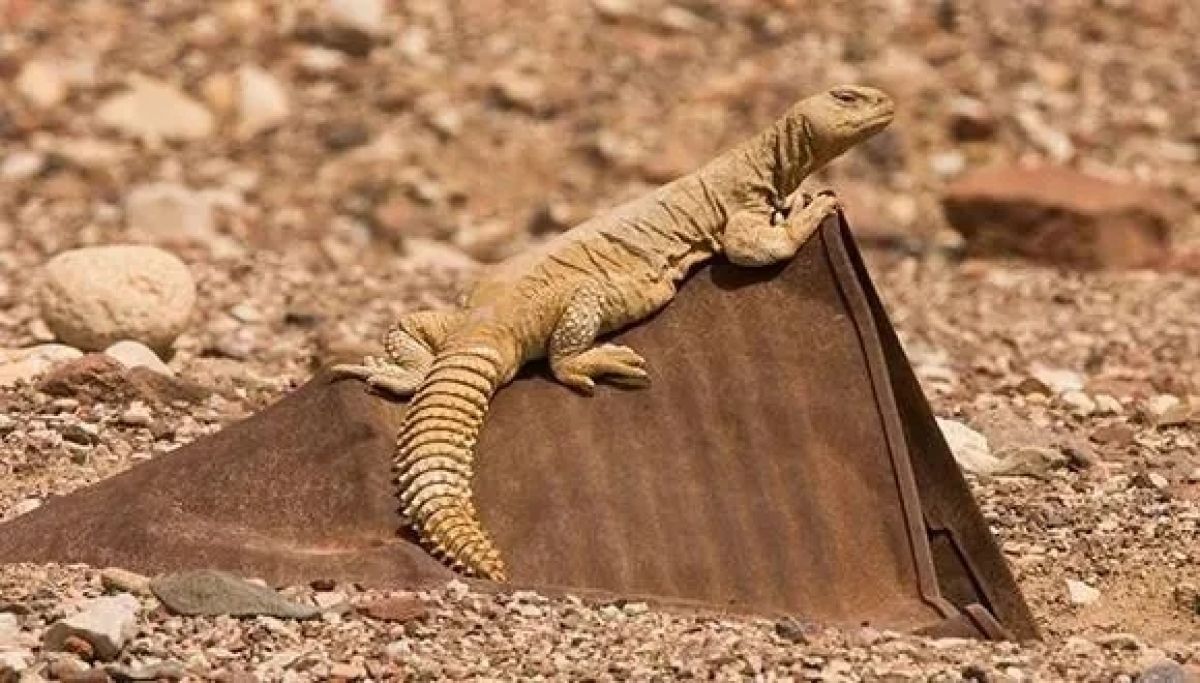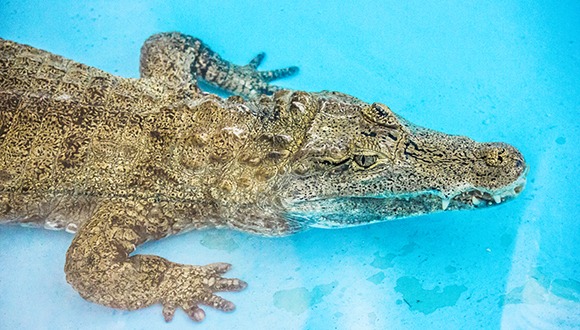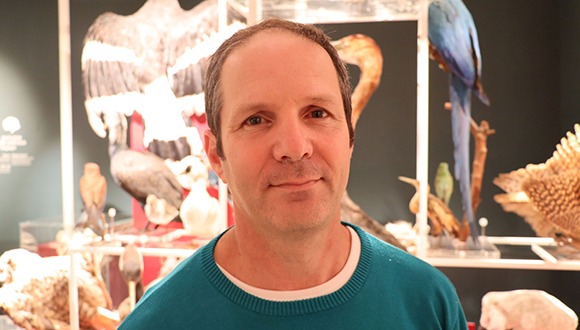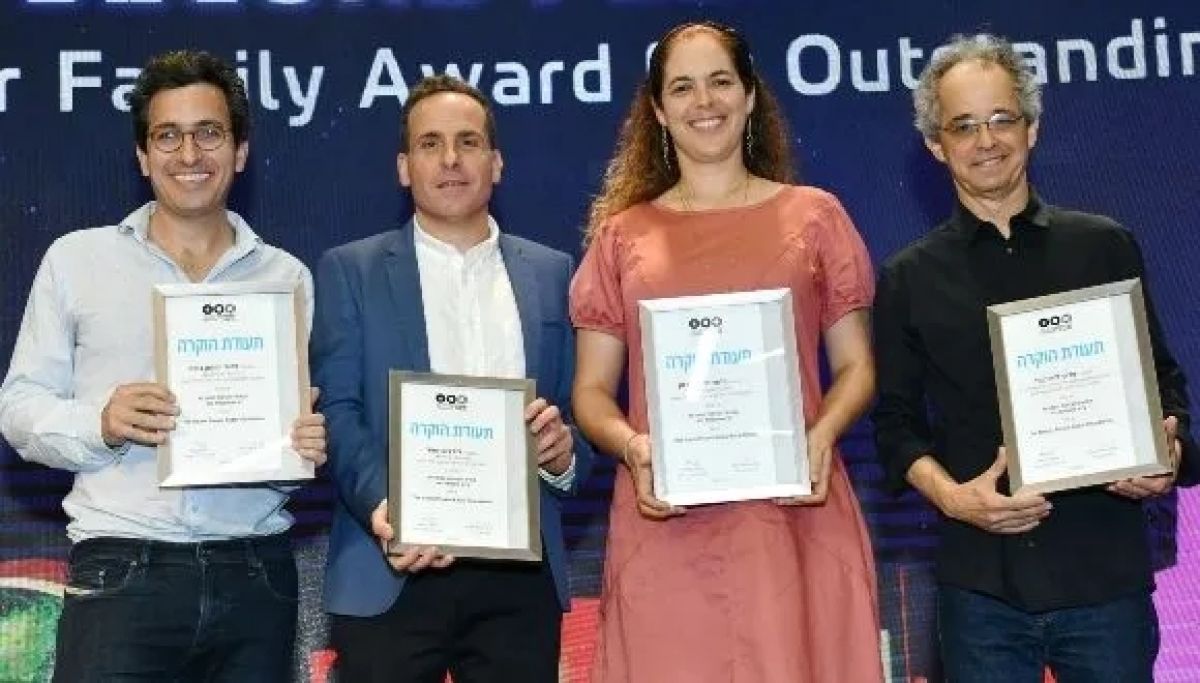Bringing Healthy Smiles to the Ultra-Orthodox Community
Backed by scholarship and support program, dental student Alon Elias pursues his dream of helping his community.
After spending his formative years in Israel’s ultra-Orthodox education system, Alon Elias decided to pursue a career in which he would make a broader impact on his community and Israeli society.
He’d always considered himself a people’s person and had a particular interest in healthcare and wellness professions. Standing over six feet tall and with a megawatt smile, Elias exudes an inviting and serene disposition that would welcome any patient.
The 32-year-old father of six is now completing his second year at TAU’s Maurice and Gabriela Goldschleger School of Dental Medicine.
Elias, whose father is a dentist, hopes to use his first-hand familiarity with the ultra-Orthodox community to drive the profession forward and overcome some of the concerns and challenges that he has encountered regarding dental health.
“When I finish my studies, I hope to use my knowledge as a practicing dentist to help the Haredi [ultra-Orthodox] community and increase understanding and awareness of the importance of oral health,” he says.
To help Elias achieve his academic ambitions at TAU, he received a Presidential Scholarship under the framework of Trailblazers: The Program for Integrating the Ultra-Orthodox into Tel Aviv University. The Program offers a special admission track and comprehensive support services to ease the entry of ultra-Orthodox Jewish students into secular academia.
“With intensive studies almost every day and a busy home life, there isn’t much time to work for extra income,” he says. “The scholarship helps me finance my studies and the cost of living, so that I can have the same opportunities as my fellow students to excel and achieve my dreams.”
He adds, beaming, that the Trailblazers program “gives me everything to succeed, including social and academic resources like private tutoring and English lessons, which have made a big difference for me.”
Overall, he sees great value in scholarships that provide opportunities for students from diverse backgrounds.
“Scholarships help to even the playing field for students who don’t all come with the same privileges and advantages,” he muses. “To the donors who support scholarships, I say: Thank you and keep up the incredible work!”
– By Julie Steigerwald




